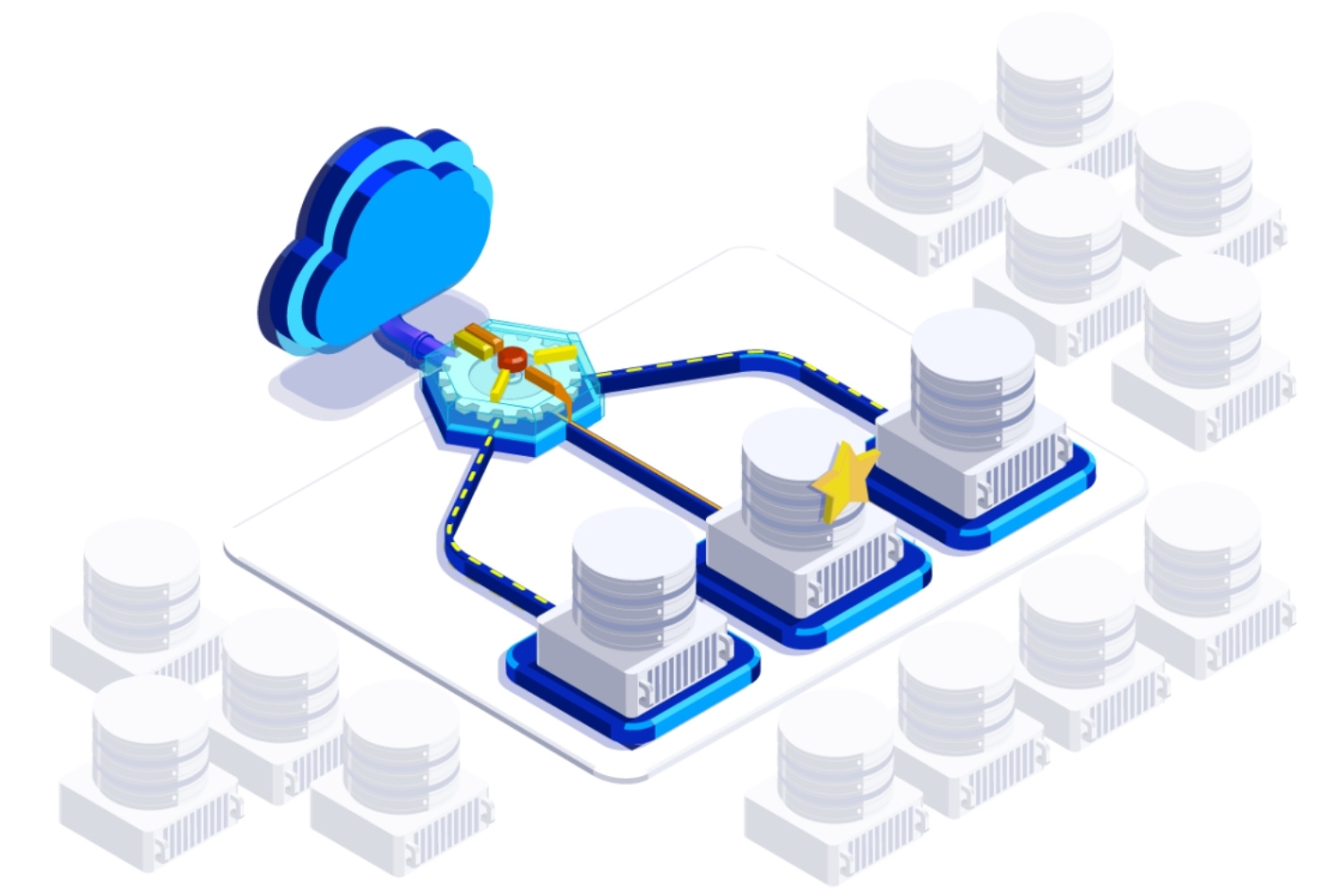
Microservices architecture is a hot topic in software development. But what exactly makes it so special? Microservices break down applications into smaller, independent services, each handling a specific function. This approach contrasts with traditional monolithic architectures, where everything is interconnected. Why should you care? Microservices offer several benefits: they enhance scalability, improve fault isolation, and speed up deployment times. Companies like Netflix, Amazon, and Spotify use microservices to stay agile and responsive. Curious about how this architecture works and its real-world applications? Let's dive into 30 fascinating facts about microservices architecture that will give you a clearer picture of its advantages and challenges.
What is Microservices Architecture?
Microservices architecture breaks down a large application into smaller, independent services. Each service focuses on a specific business function, making development and maintenance easier.
- Microservices allow developers to work on different parts of an application simultaneously without interfering with each other.
- Each service in a microservices architecture can be developed using different programming languages and technologies.
- Microservices communicate with each other through APIs, ensuring they remain loosely coupled.
- This architecture style promotes continuous delivery and deployment, making it easier to update and scale applications.
- Microservices can be independently deployed, reducing the risk of system-wide failures.
Benefits of Microservices Architecture
Microservices architecture offers several advantages over traditional monolithic architectures. Here are some key benefits:
- Scalability: Each microservice can be scaled independently based on demand, optimizing resource usage.
- Resilience: If one microservice fails, the others continue to function, enhancing the overall system's reliability.
- Flexibility: Teams can choose the best tools and technologies for each microservice, fostering innovation.
- Faster Time-to-Market: Smaller, focused teams can develop and deploy features more quickly.
- Easier Maintenance: Isolating services simplifies debugging and updating, reducing downtime.
Challenges of Microservices Architecture
Despite its benefits, microservices architecture also presents some challenges. Understanding these can help in better planning and implementation.
- Complexity: Managing multiple services can be more complex than handling a single monolithic application.
- Data Management: Ensuring data consistency across services requires careful planning and implementation.
- Network Latency: Communication between services over a network can introduce latency.
- Security: Each service needs to be secured individually, increasing the overall security management effort.
- Testing: Testing an application with multiple microservices can be more challenging than testing a monolithic application.
Real-World Examples of Microservices
Many well-known companies have successfully implemented microservices architecture. These examples highlight its effectiveness in various industries.
- Netflix: Uses microservices to handle millions of streaming requests daily, ensuring high availability and scalability.
- Amazon: Employs microservices to manage its vast e-commerce platform, allowing independent development and deployment of features.
- Spotify: Utilizes microservices to deliver personalized music recommendations and manage user data.
- Uber: Leverages microservices to handle ride requests, payments, and driver management efficiently.
- eBay: Uses microservices to manage its online marketplace, enabling rapid feature development and deployment.
Tools and Technologies for Microservices
Several tools and technologies support the development and management of microservices. These tools help streamline the process and ensure efficient operation.
- Docker: Provides containerization, allowing microservices to run in isolated environments.
- Kubernetes: Manages containerized applications, automating deployment, scaling, and operations.
- Spring Boot: Simplifies the development of microservices with its extensive ecosystem and support for Java.
- Apache Kafka: Facilitates real-time data streaming between microservices, ensuring efficient communication.
- Consul: Offers service discovery and configuration management, helping microservices locate and communicate with each other.
Best Practices for Implementing Microservices
Adopting best practices can help ensure the successful implementation of microservices architecture. These practices focus on design, development, and management.
- Design for Failure: Assume that services will fail and design systems to handle such failures gracefully.
- Automate Testing: Implement automated testing to ensure each microservice functions correctly and integrates well with others.
- Monitor Continuously: Use monitoring tools to track the performance and health of microservices, identifying issues early.
- Implement CI/CD: Continuous Integration and Continuous Deployment pipelines streamline the development and deployment process.
- Document APIs: Maintain clear and comprehensive documentation for each microservice's API, facilitating easier integration and maintenance.
Final Thoughts on Microservices Architecture
Microservices architecture offers a flexible, scalable approach to building applications. By breaking down large systems into smaller, manageable services, teams can develop, deploy, and scale components independently. This leads to faster development cycles, easier maintenance, and improved fault isolation. However, it's not without challenges. Managing numerous services, ensuring effective communication between them, and maintaining security can be complex. Tools like Docker, Kubernetes, and API gateways help streamline these processes. Embracing microservices requires a shift in mindset and a commitment to continuous integration and delivery. While it may not be the right fit for every project, its benefits make it a compelling choice for many modern applications. Understanding these key aspects will help you decide if microservices architecture aligns with your project's goals and needs.
Was this page helpful?
Our commitment to delivering trustworthy and engaging content is at the heart of what we do. Each fact on our site is contributed by real users like you, bringing a wealth of diverse insights and information. To ensure the highest standards of accuracy and reliability, our dedicated editors meticulously review each submission. This process guarantees that the facts we share are not only fascinating but also credible. Trust in our commitment to quality and authenticity as you explore and learn with us.
